- Info CenterHalogen MP5 More Accurate Than Hach CL10 - San Jose Water The Report Details Background San Jose Water...Halogen SensiCLĒNE™ The MP5™ was created with stable calibrations and low maintenance as priority requirements. To that end,...
- Industries & ApplicationsMaritime & Aviation
Potable Water
Airport & AirPLane Monitoring
Inflow Source Monitoring
Tanker Monitoring
INDUSTRIALCommercial Buildings
Industrial Processing
Applications - ProductsHalogen SensiCLĒNE™ The MP5™ was created with stable calibrations and...Real Talk about "Continuous Monitoring" Chlorine Analyzer claims Some manufacturers...
- Contact
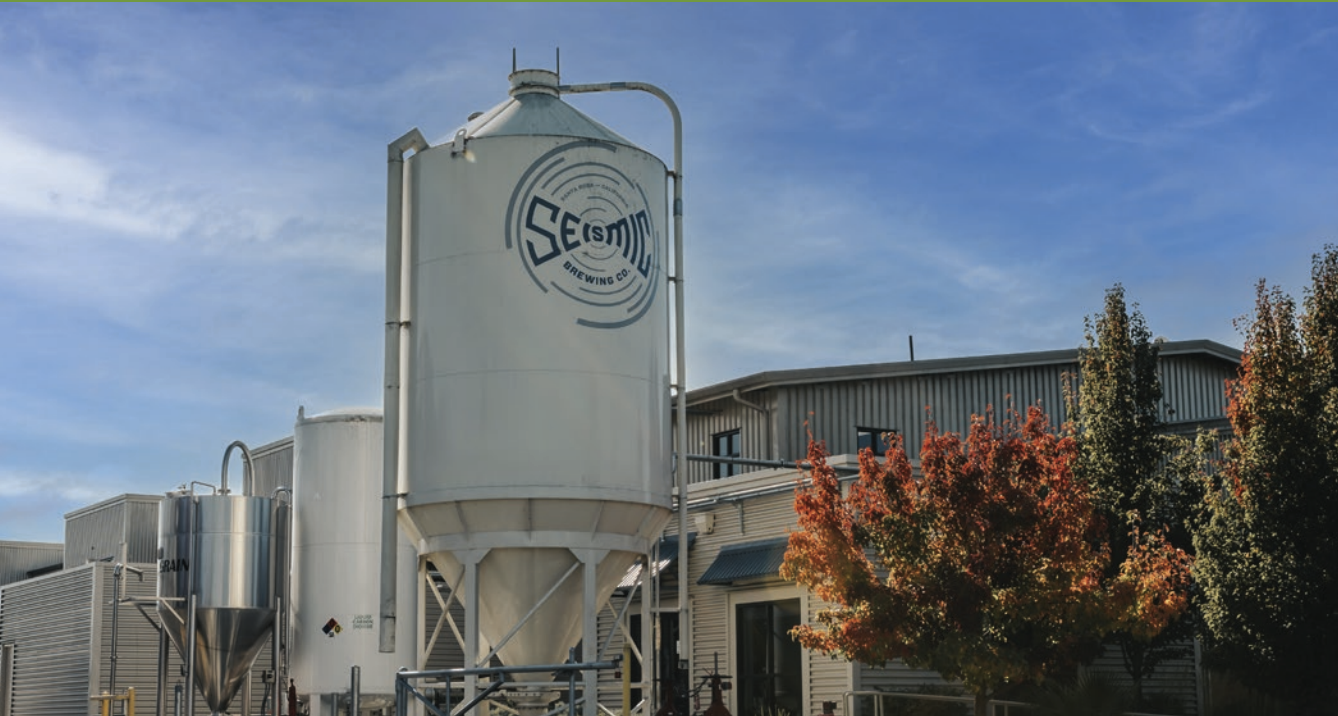
Water Reuse Grant Program Requires Monitoring
Halogen's MP5™ chlorine sensor can assist in meeting San Francisco Onsite Water Reuse Grant Program guidelines
The San Francisco Public Utilities Commission (SFPUC) provides funding through the Onsite Water Reuse Grant Program to encourage retail water users to reduce supply usage by collecting, treating, and using alternative water sources such as rainwater, stormwater, graywater, foundation drainage, air conditioning condensate, and blackwater for non-potable uses such as toilet flushing, irrigation, and cooling tower makeup. These grants make the 2021 amended Health Code requirement that new development projects of 100,000 gross square feet or greater in San Francisco must have onsite water reuse system less burdensome.
The most recent update (July 11, 2023) notes that The SFPUC anticipates funding multiple projects during this solicitation round, with funding available on a first come, first served basis.
"The SFPUC anticipates funding multiple projects during this solicitation round."
SFPUG OWR Grant Program
Grants are available for projects that include the installation of collection systems for onsite alternate water sources, installation of treatment systems to improve the water quality of onsite alternate water sources for beneficial reuse, and/or storage of the treated water. Projects that generate higher amounts of Water Offset can qualify for higher amounts of grant funding. For example, projects that generate greater than 450,000 gallons per year (for 10 years) may qualify for up to $200,000 in grant money, while those that offset more than 3,000,000 gallons per year (for 10 years) may qualify for up to $1,000,000 in grant funding.
"[Projects] that offset more than 3,000,000 gallons per year (for 10 years) may qualify for up to $1,000,000 in grant funding"
Applications and programs must be submitted along with an Engineering Report prepared by a qualified engineer licensed in California and experienced in the field of wastewater treatment. There are specific requirements set out for Brewery Process Water Treatment Systems that require ongoing monitoring requirements. Among other parameters, operators must monitor Turbidity (daily during setup then weekly afterward), Chlorine residual (daily), and pH (weekly). Two brewery case studies (and numerous additional case studies) are available on the SFPUC website .
"…operators must monitor turbidity, chlorine residual, and pH … Halogen’s multi-parameter MP5™ sensor will monitor free chlorine, pH, temperature, conductivity, and ORP all in one online, near-time unit."
The required monitoring of reused water shows the importance of built-in systems that can analyze the water used in the process. Halogen’s multi-parameter MP5™ sensor will monitor free chlorine, pH, temperature, conductivity, and ORP all in one online, near-time unit. Since the MP5™ is approved for NSF-61 usage in drinking water pipes. it can be inserted directly in the flow without needing waste lines.
Contact Halogen today to see how the MP5™ can help maintain compliance for any Onsite Water Recovery/Reuse Systems.
Many Applications Benefit from a Self-Cleaning, Low-Maintenance Analyzer
Halogen’s technology helps maintain stable calibrations while lowering maintenance requirements. This combination makes MP5™ a good option for monitoring stations that might otherwise involve constant crew rollouts for operator interventions. When packaged with remote telemetry options, the MP5™ can be the foundation for IoT monitoring solutions. See below for example applications.

REMOTE RESERVOIR
Suspended directly in the a drinking water reservoir, an MP5™ chlorine sensor can report via a cellular telemetry option. When running on an optional battery kit, the MP5™ can sample at predefined intervals and operates with no maintenance interaction for a month.
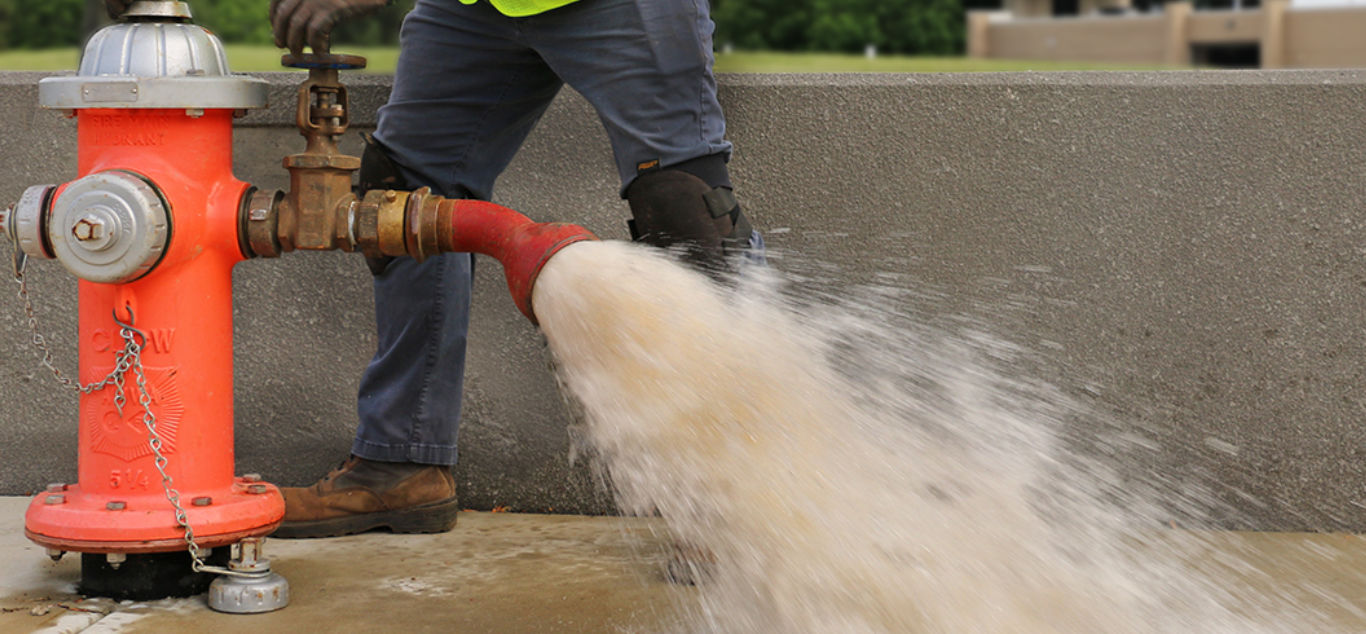
END-OF-LINE TESTING
Municipalities that currently have to roll a truck to know with certainty that homes at the end of the line are getting appropriate PPM can lower costs and increase accuracy by putting an MP5™ directly in the neighborhood water pipe. Data can broadcast via cellular telemetry.
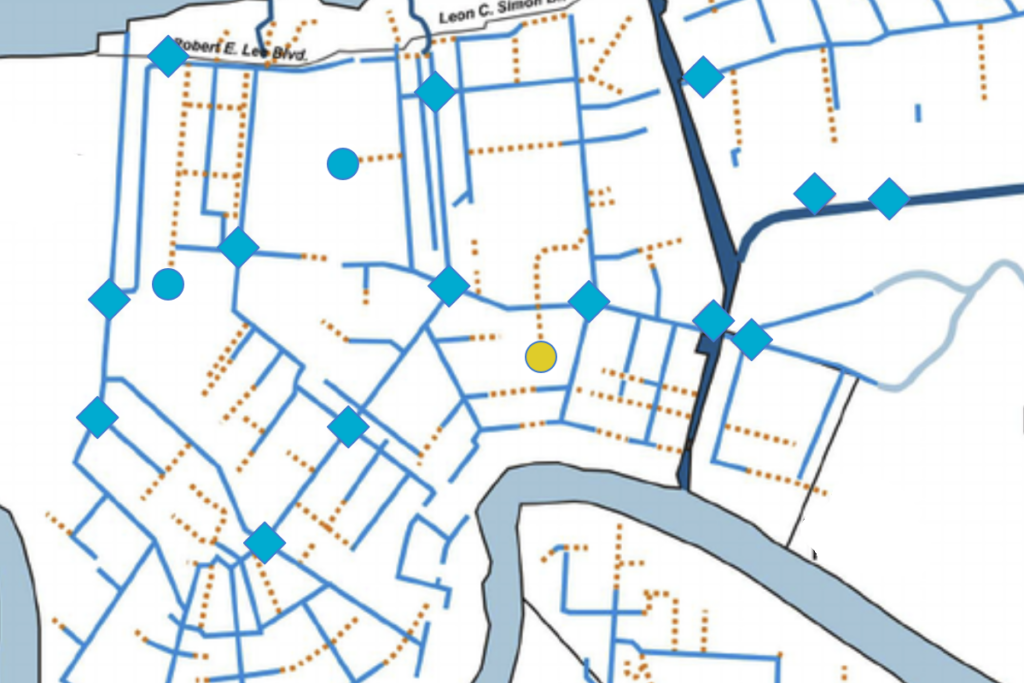
GRID MONITORING
Water aging and other degradation issues in a distribution grid can be discerned by deploying MP5™ analyzers at desired points in the system. Operators can track temperature, conductivity, pH, and even ORP no matter the flow or pressure (up to 10.5 bar) via remote telemetry options.

CRUISE SHIP DRINKING WATER
To guard against Legionella, cruise lines need to monitor chlorine levels in their freshwater tanks, guard against contamination from source providers, and sample at the actual taps. SensiCLĒNE™ technology and the flexible installation options of the MP5™ analyzer allow operators to create solutions that will work in this tough environment.
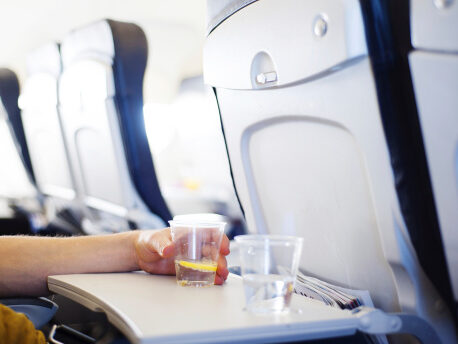
AIRLINE WATER TANKER MONITORING
Studies in the UK show water tankers as a source of contamination in airline drinking water, but monitoring these mobile refill units is a highly manual process, making consistency difficult in a rushed environment. Self-cleaning, durable, and flow-independent, the MP5™ can be the foundation of an source-side solution.
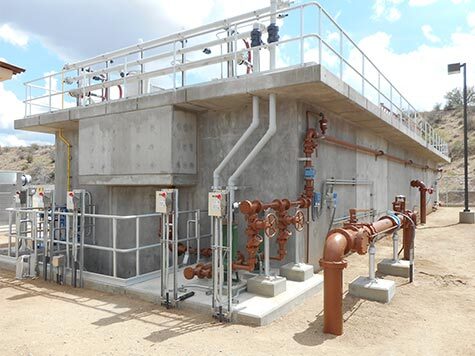
EWR MONITORING
Environmental Water Reclamation (EWR) is a hot topic in areas that are facing water shortages, but remote holding tanks can also become hot spots for all sorts of bacterial growth. Thanks in part to SensiCLĒNE™, the MP5™ is unaffected by flow and turbidity, making it a good choice to build a robust, low-maintenance monitoring system.